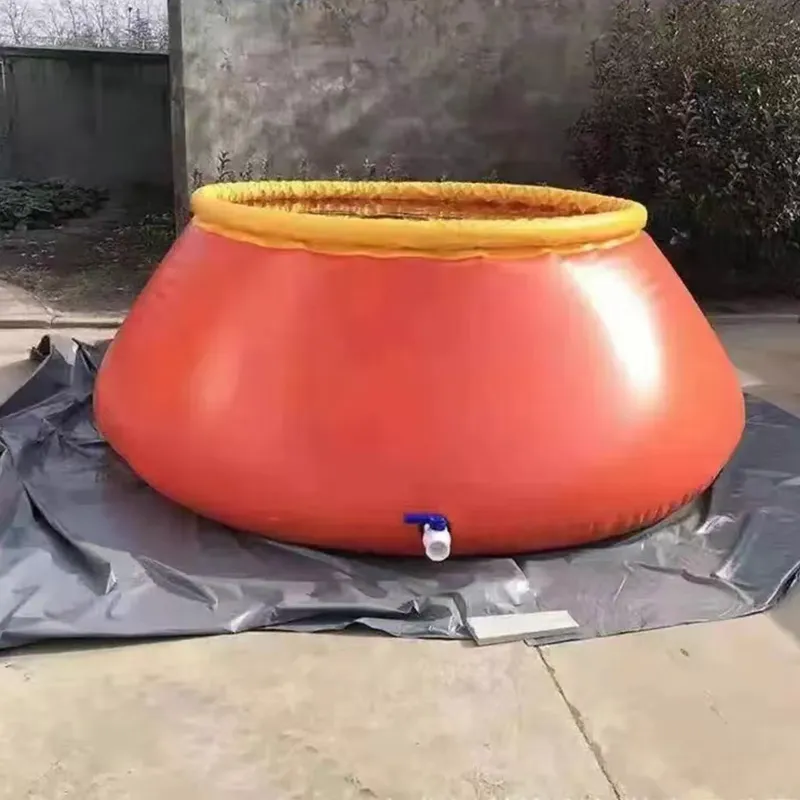

The coil method, although less common, is employed in specific scenarios where hoses need to be pre-connected for rapid deployment. By forming large coils, this method allows hoses to be laid out quickly with minimal effort, reducing the setup time in urgent situations. It's particularly advantageous in settings where rapid water access is critical, such as industrial plants or environments with immediate firefighting needs. While selecting the appropriate rolling technique, safety and maintenance should remain paramount. Regular inspection and proper training ensure that hoses are not only correctly rolled but also free of damages like cuts, abrasions, or mildew, prolonging their operational life. Consistent training in these techniques also boosts the confidence and efficiency of firefighting personnel, directly translating to improved response capabilities in emergencies. In conclusion, the choice of fire hose rolling technique can significantly impact the efficacy and readiness of firefighting operations. Adopting the appropriate method based on specific operational needs and storage conditions enables fire departments to maximize their resource efficiency and effectiveness. Regular training and maintenance further reinforce the functional longevity and reliability of firefighting hoses, ultimately ensuring safety and swift action during crises.





























